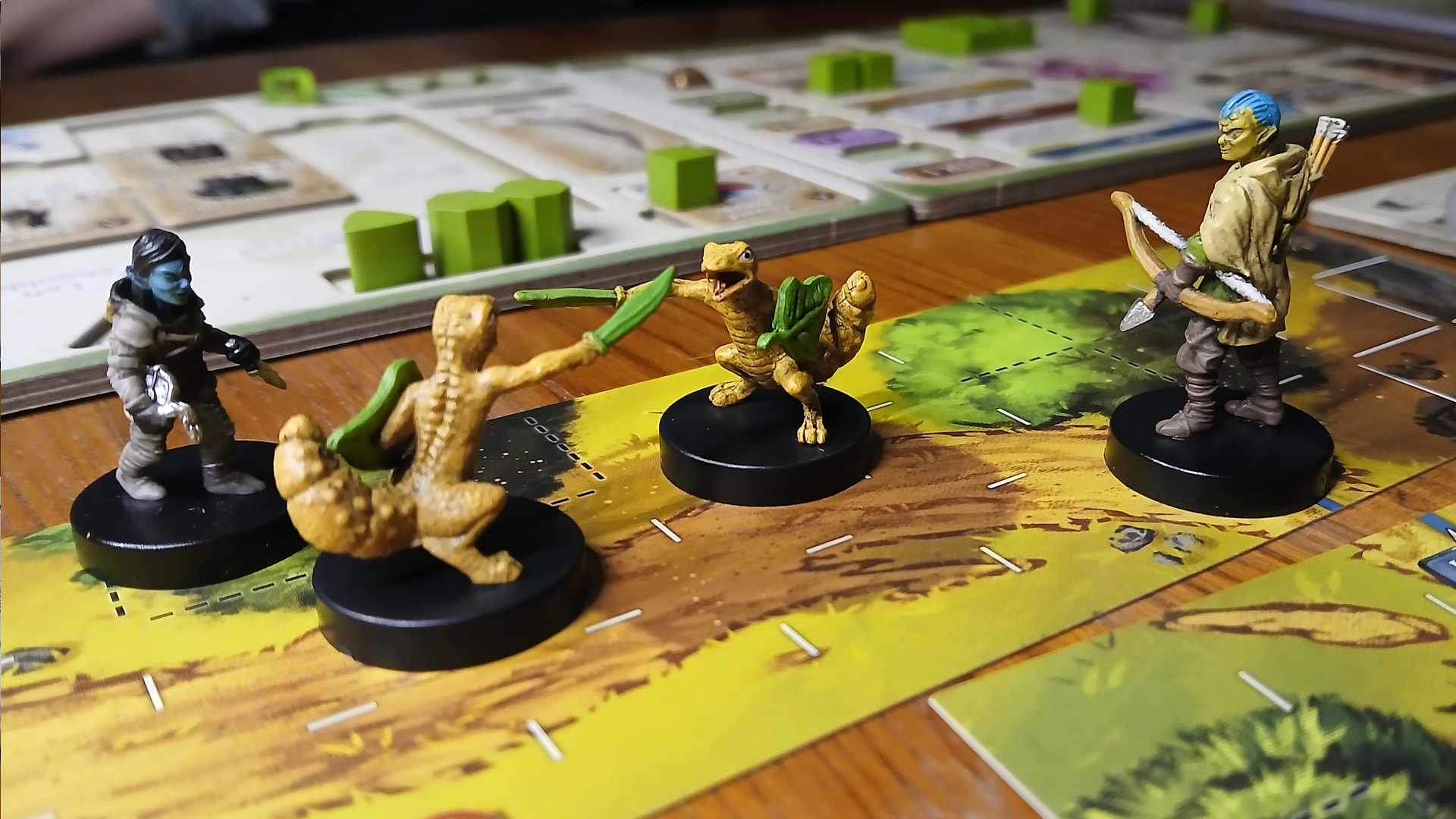Looking back at D&D 2014 and Fifth Edition so far: Nat20s and critical fails
Opinion | D&D has been the most popular tabletop RPG of the last 10 years, but it wasn't the best
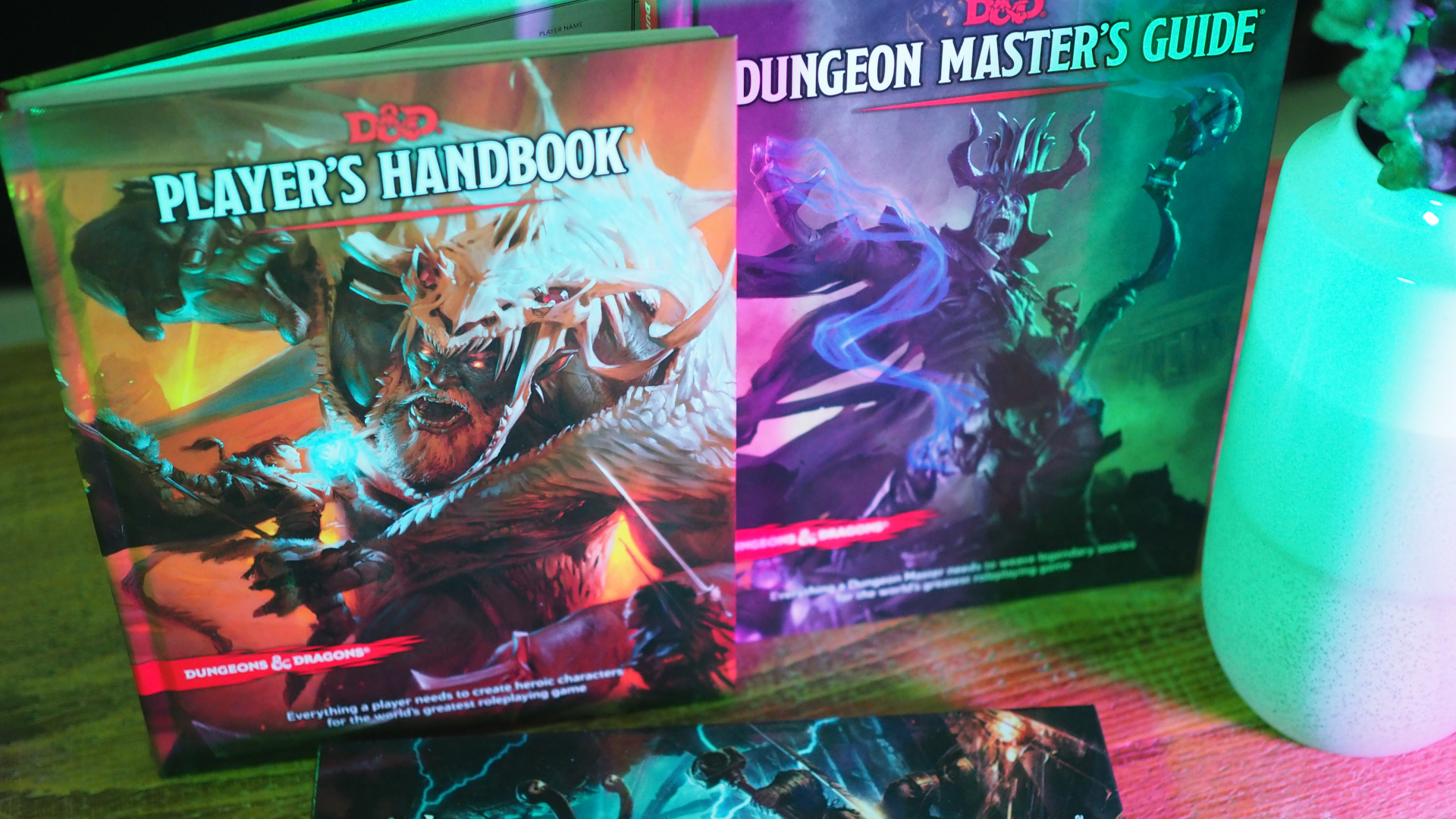
It's easy to look at the outgoing version of D&D (which has been running since 2014 and whose core rulebooks are being replaced this year) in an attempt to reconcile with gamers new and old after the mixed reception of the last ruleset. And yes, Fifth Edition is lauded by those drawn to the role-playing game hobby by its simpler mechanics, its embrace of iconic fantasy tropes, and its popularity. However, it's when you compare Dungeons & Dragons 5e to its earlier namesakes that things start to go wrong. With a fresh start for the game on the horizon, I wanted to look back at the rules we've been playing for the last 10 years - and on the whole, what we're left with is a mixed bag.
It’s been said by those who have played more than just the current iteration of the game that D&D 5e is everyone's second-favorite edition, and it’s hard to disagree. Fourth had its tactical approach, three offered a wealth of character options, Advanced D&D provided an expansion into much of the now-beloved lore, and those original little brown books held in them a world of dark and dangerous dungeons that would prove to be the genesis of the best tabletop RPGs, and the industry as a whole. But even so, and even if it is but a second-favorite, D&D Fifth Edition has a lot to love. The core system is simple and flexible, players and Dungeon Masters have a lot of options for their classes, monsters, and adventures respectively, and perhaps most importantly, 5e has an abundance of resources developed by the community that expand the game endlessly.
Rulings, not rules
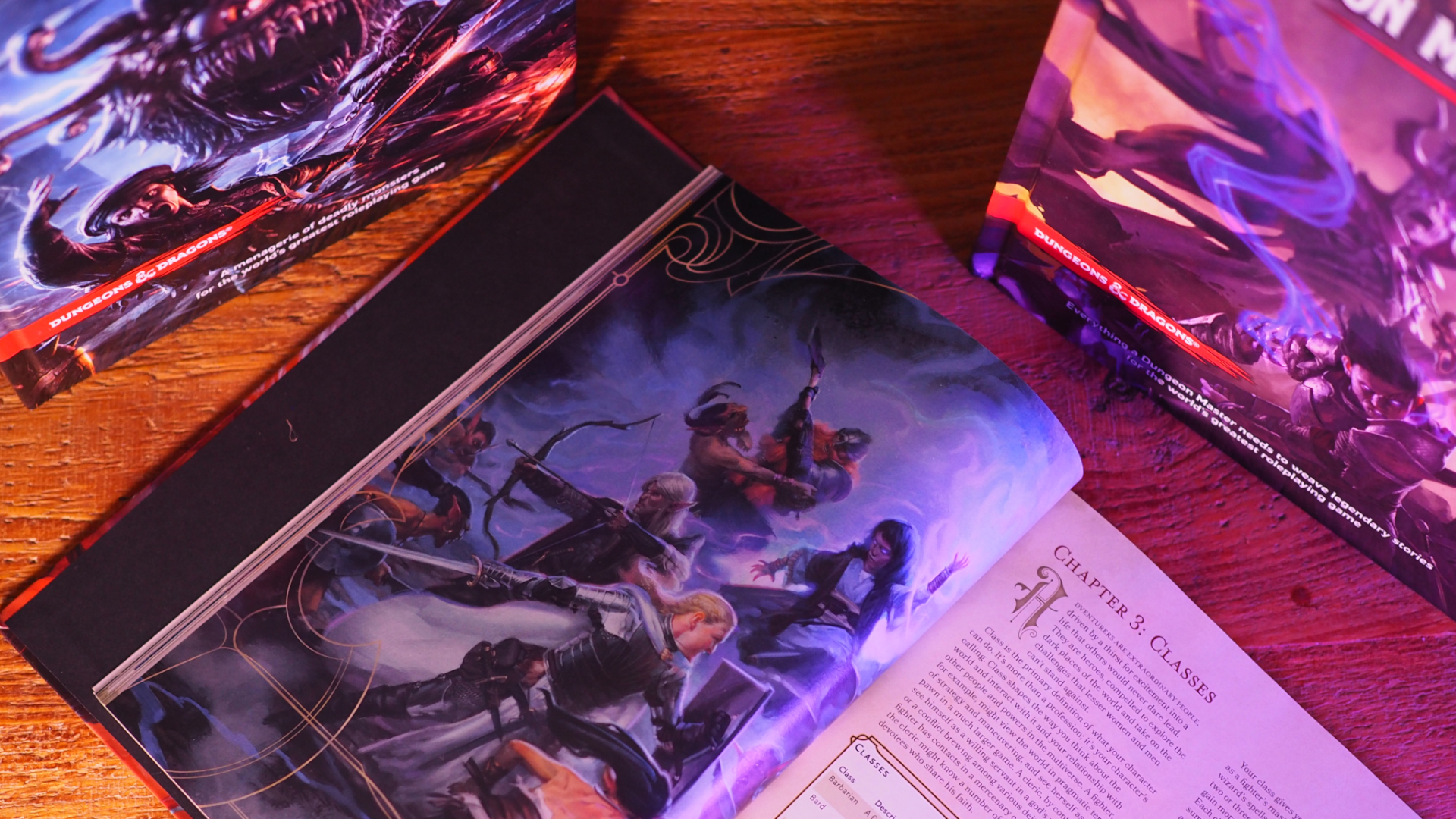
In terms of the basics, D&D 2014 works in much the same way as the game always had. Before embarking on any epic adventures from D&D books or your own imagination, one amongst you must take up the fabled mantle of 'Dungeon Master.' They act as the narrator of the adventure, the medium through which the player characters see and interact with the world around them. Whilst the players will hone individual adventurers unique to them by describing their actions and charting progression, the Dungeon Master challenges them with monsters and traps alongside rewarding them with treasure.
None of this, of course, is unique to D&D, but the interactions between these stories and the ruleset is where 5e stands apart from its predecessors and its contemporary competitors. Originally, 5e seemed to take a lighter approach to rules, allowing the DM more freedom: "Rulings, not rules" was the toted phrase. In many ways, this has been a great strength of the game in the last decade, and has certainly not hindered its rise to popularity, since much of what is needed in the core gameplay loop can be boiled down to make x skill check (rolling a d20 and adding/subtracting a modifier), potentially with advantage or disadvantage. This is really easy for new players to grasp; making an athletics check to jump a chasm feels intuitive, and doesn’t require a grasp of the rules beyond looking at their sheet to see which number to add to the dice.
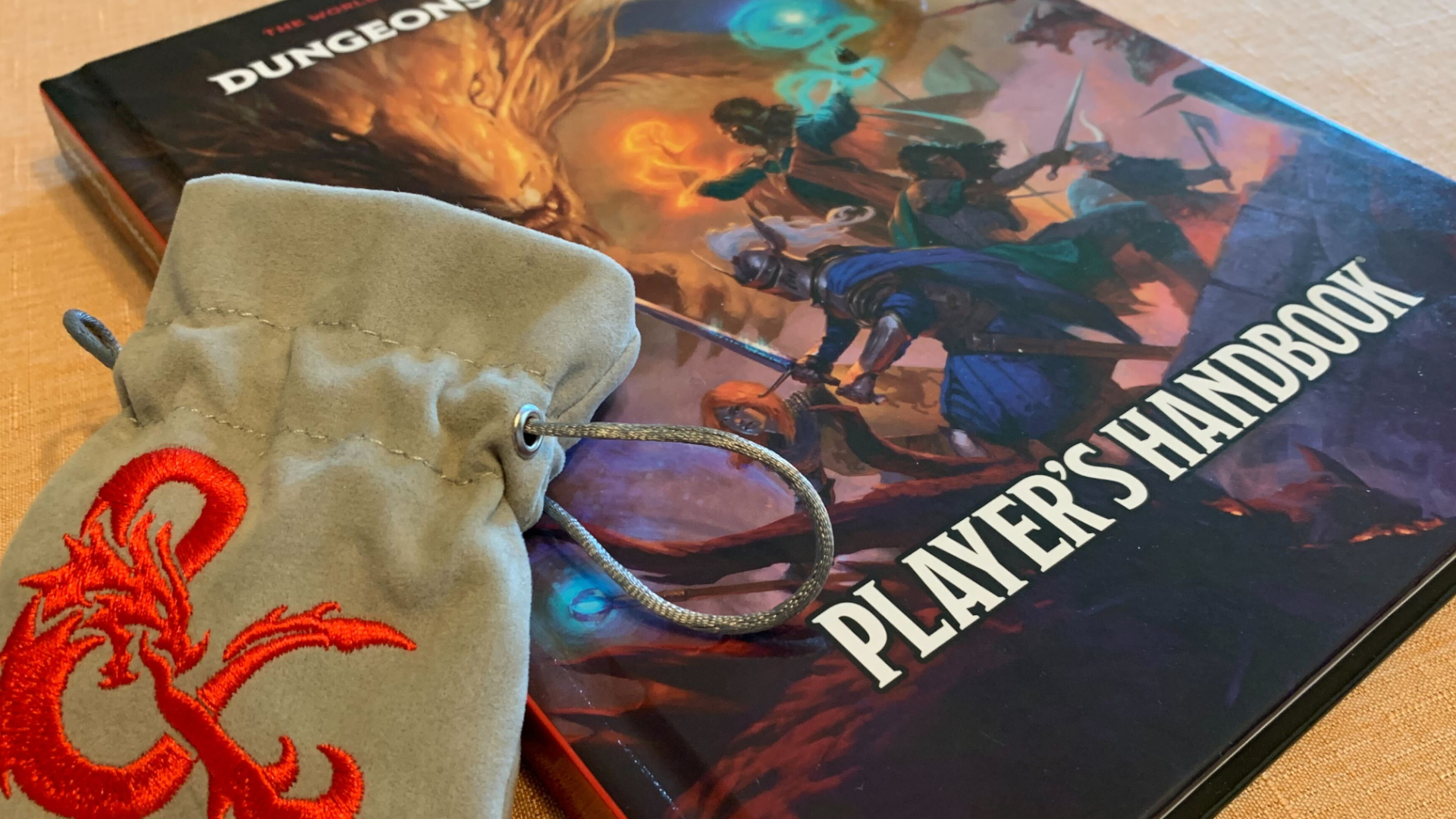
D&D's three core rulebooks (the Player's Handbook, Dungeon Master's Guide, and Monster Manual) are all being updated as of 2024, and even though the mechanics remain similar, there are enough changes to invalidate the 2014 rules. However, the game's creative director says D&D "didn't burn the game down" for the new rulebooks: it's still the RPG you love.
But as adventures and adventurers grow beyond Phandelver’s lost mines (that original 5e starter set surely, now, the most played tabletop RPG quest in the world), those lightweight rules became strained. D&D 5e 2014 wasn't quite simple enough to be rules-lite, yet wasn't crunchy enough to fully support an industrious DM or enterprising players.
The rules-lite approach also fell down the moment you put a blank character sheet in front of a new player. I believe that filling the sheet in is the hardest part of the game for someone new to the hobby, and the ability score vs. ability modifier, for example, is a holdover that feels unnecessary when you find yourself having to explain it to a fresh TTRPG convert. The nature of magic and spells also does not lend itself to the rules-lite attitude, and classes that interact with this subsection of the rules most directly are often the most difficult for players to learn and master, which is a shame given the attractiveness of the tropes of playing Wizards and Clerics.
On the other hand, 5e’s aversion to anything too concrete has been a detriment to a DM's ability to adjudicate games quickly and fairly if you ask me. Encounter design, for example, the act of preparing cool, thematic battles for your players, is paper-thin and woefully unbalanced, making it difficult to present challenges that you feel secure will make for epic moments at the table. At higher levels, this is only compounded by the immense powers of the player characters, and the disparity between them too. A level 20 Fighter can whack a mind flayer a few more times than they could at level one, whereas their wizardly companion can remake the world in six seconds. Additionally, I’ve never played a game before or since that necessitated going to the designer’s twitter account for answers on rules questions as many times as 5e did.
Sign up to the GamesRadar+ Newsletter
Weekly digests, tales from the communities you love, and more
Fame and foibles
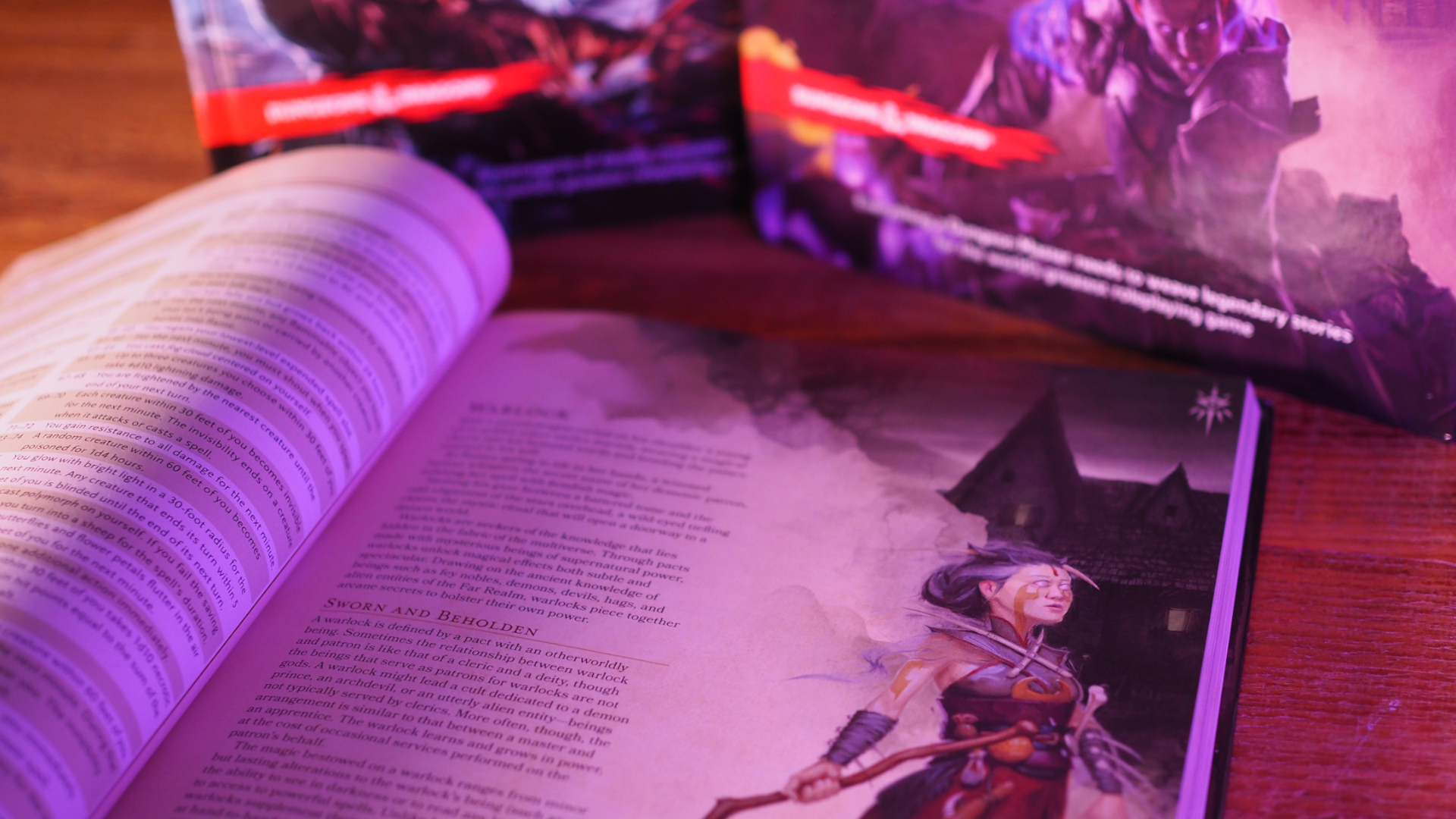
Still, 5e has had some updates and quality-of-life changes in the form of books like Tasha’s Cauldron of Everything over the course of its release. These unfurled new player options, as well as optional rules, clarifications to original rulings, and additional subsystems that were not game-changing but did bring something fresh to that original Player’s Handbook/the free Core Rules.
Arguably, and with some confusion, the newest edition of the game debuting in 2024 (formally known as 'One D&D,' and now a continuation of 5e) will be more a facelift in the vein of Tasha’s than as dramatic a shift as Fourth Edition to Fifth, but it might still represent a great opportunity to 'onboard' more people into role-playing games. Certainly in the current edition there have been some questionable decisions made, both in writing and in lore, that have not sat well with the community, and the new edition will hopefully excise those parts.
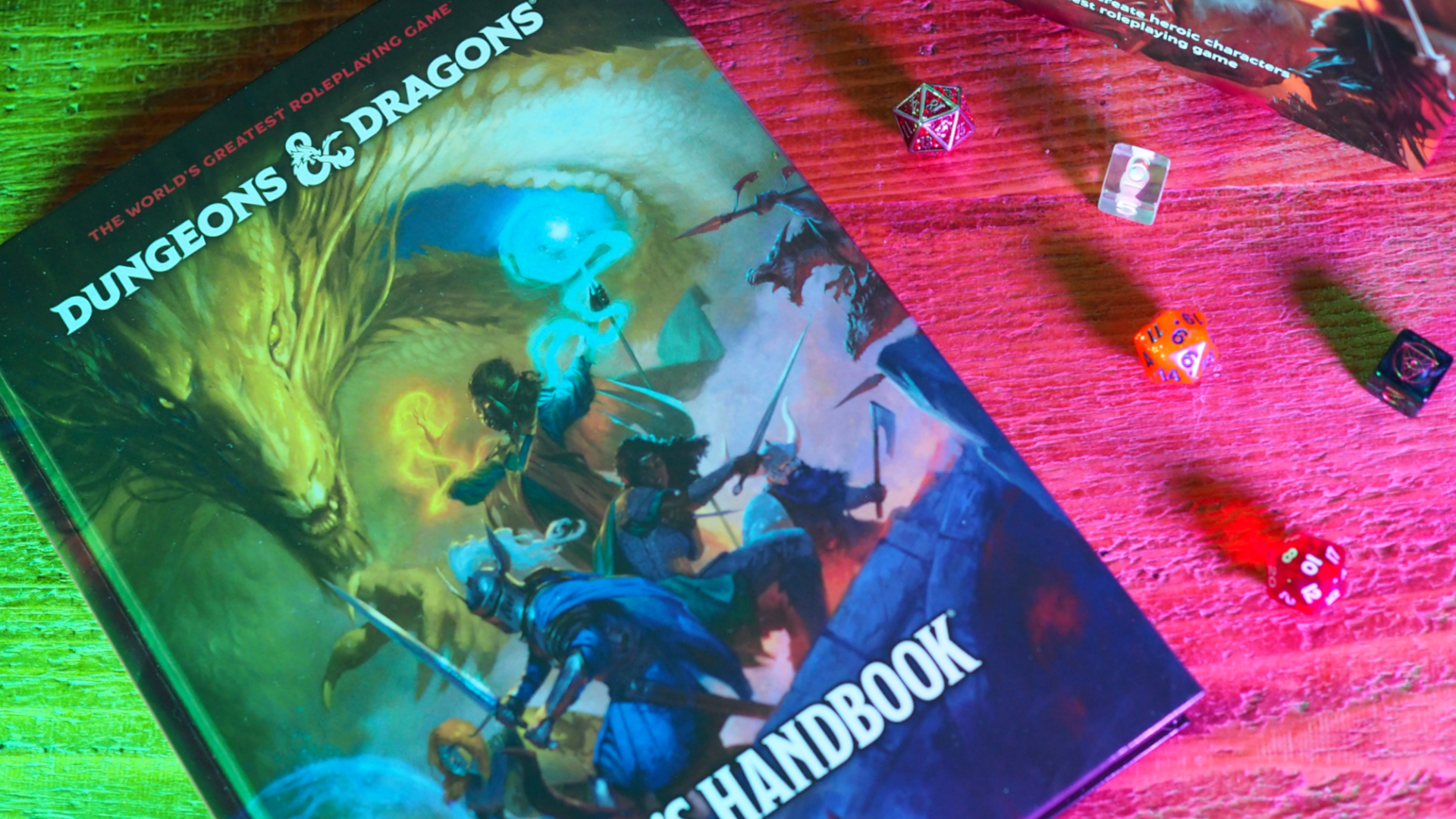
While the new rulebooks bring sweeping changes with them, the most significant deviation from the 2014 equivalent may be more superficial. Forget classes, my favorite thing about the D&D 2024 Player's Handbook is its art.
Overall, I really do think that 5e had a lot going for it, but I don’t think much of that is to do with the game’s actual rules. Its main appeal was that you could find no shortage of other people to play it with, and that made up for a lot of the intrinsic weaknesses of the game. Other people, other players, are creative, imaginative, clever, funny, heartfelt, and they are what has made D&D 5e the success it is. For so many people, the memories they associate with this hobby stem from this game in particular, and more often than not those memories are of triumph, joy, and friendship, of unlikely Nat20s, surviving an attack at 1HP, and battling liches and demons and dragons in dungeons deep for the fate of the world. And beyond that, D&D 5e is worth its merit as a stepping stone into other games, for the curious reach for what is familiar to them about D&D, and from there find all the other games, niche or not, that they want to fill their imagination with.
In other words, the game is not without its foibles despite the fame. Yes, D&D has became as eponymous with dice-rolling, high-fantasy RPGs as Google is to search engines partially thanks to this edition. But for all its fame, it was not without its foibles.
Basically, D&D 5e was good enough at presenting what many people think TTRPGs are, but I usually recommend exploring other options if it whets your appetite or leaves you dissatisfied. You wouldn't regret playing Dungeons & Dragons Fifth Edition, but you would regret not moving on once you find what else is out there either.
Looking for something else to play? Be sure to check out the best board games, or the best card games.
Oliver is a freelance writer and tabletop RPG expert with years of experience running everything from D&D to Delta Green.
